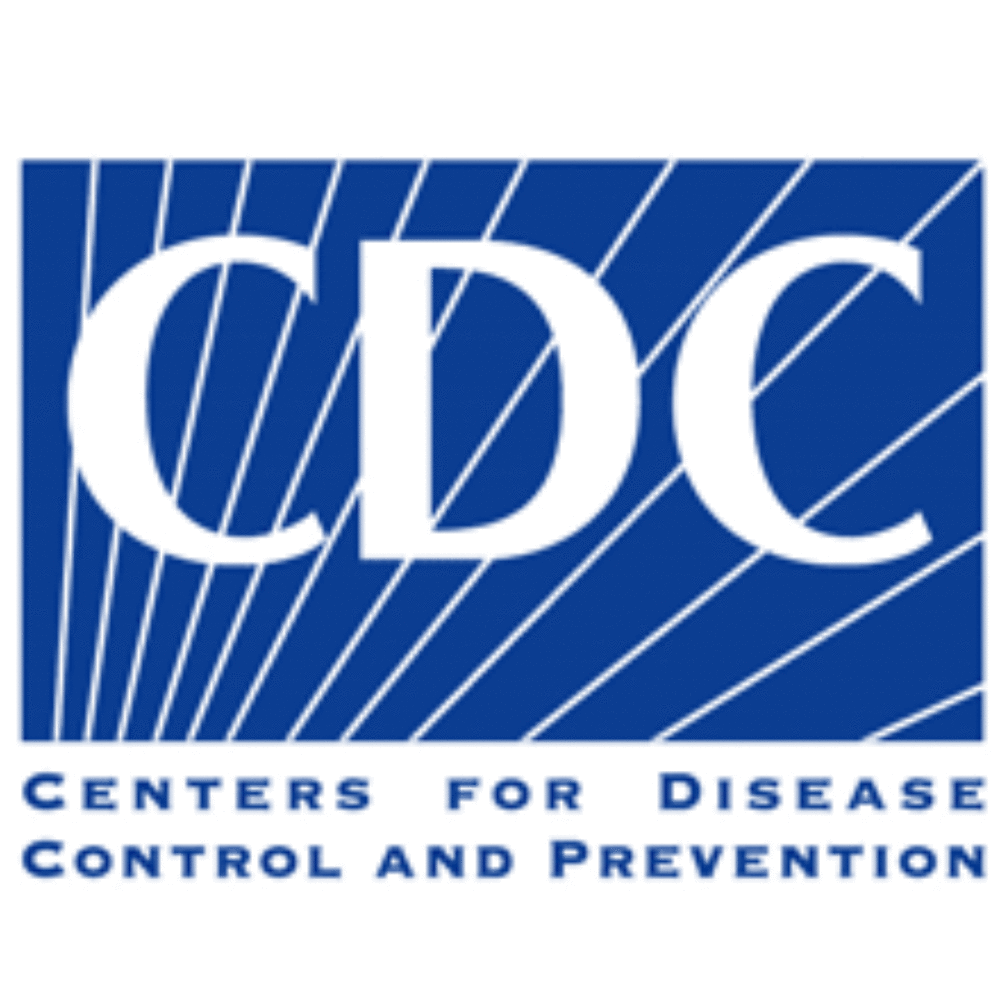Children Diagnosed with Lead Poisoning Has Dropped 84%

As a result of steps taken over the past 20 years to reduce the risk of childhood lead exposure from paint, soil, water, toys and other sources, the U.S. Centers for Disease Control and Prevention (CDC) reports that the number of children diagnosed with lead poisoning has dropped 84% since 1988.
Until the 1970s, lead was commonly added to house paint in the United States to speed drying, improve durability and enhance quality.
Although lead paint was banned in 1978, after it was found to cause lead poisoning in young adults and children, a number of homes throughout the country continue to have the toxic paint on their walls.

Learn More About
Children diagnosed with lead poisoning after exposure to peeling or chipping lead paint in a rental home may be entitled to financial compensation and benefits.
Learn More About this Lawsuit SEE IF YOU QUALIFY FOR COMPENSATIONWhen young children living in homes with lead paint inhale dust particles, eat or suck on flaking lead paint chips, it can lead to elevated lead blood levels and ultimately cause permanent brain damage, seizures, developmental damage, physical and mental retardation.
A government research report released on March 2, 2009, and published in the current issue of the medical journal Pediatrics, finds that the number of children suffering from high lead levels has fallen dramatically over the last 20 years. For the most recent year of available data, only 1.4% of young children were found to have high lead levels in 2004, compared with nearly 9% of children in 1988.
The data was obtained from government health surveys of about 5,000 children between the ages of 1 and 5.
At least 10 micrograms of lead per deciliter of blood is considered to be an elevated level. On the other hand, slightly lower levels can cause problems including reading and attention difficulties. A safe level has not been determined by the government.
The drop in lead levels is being called a “public health success story,” since efforts have been on-going since 1970 to reduce the risk of lead exposure for children from paint, water, soil, toys, gasoline and other products.
The highest levels of lead poisoning were generally found in cities and lower income areas, where large numbers of older rental homes exist that are not properly maintained and have flaking or peeling lead paint.
The CDC has advised children and pregnant women to avoid housing built before 1978 that may be undergoing renovation. Other CDC recommendations include washing children’s hands, toys, floors and window sills, where lead dust can accumulate, and avoiding the use of hot tap water for cooking, making baby formula and drinking.
Get more articles like this sent directly to your inbox.
"*" indicates required fields






0 Comments